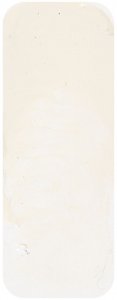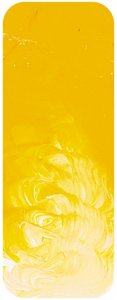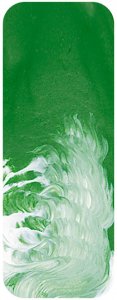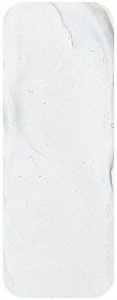Description
"The reason for Sap Green???s name is lost in time. Perhaps it is because the colour resembles fresh new growth leaves when the sap is rising in a tree. The name is recorded from the 17th century and it is possible that this is when it came into common use in oil paint but the colour had been used for hundreds of years before that in book illustrations. Examples exist in medieval illuminated manuscripts where the colour has remained because it is enclosed in a book. As a paint exposed to light it proved to be very fugitive. Cennini writing in the 15th century about making green colours mentions ??plums?? as an inferior alternative to saffron and it seems from context that by plums he actually meant the berries of the buckthorn bush, also known as Persian berry, which are the source of still de grain which is a brownish yellow as well as Sap Green. It seems that during the Renaissance artists made a virtue of using few colours but by the 17th century artists were demanding more colours and colourmen were supplying them based on colours rejected in earlier times as inferior.
Bright yellowish greens were a problem in old master times. Copper resinate existed but it was both fugitive and could not be used in mixtures with certain important colours such as Ultramarine Blue and Vermilion as it quickly turned brown due to a chemical reaction with those colours. Sap Green filled the need for a warm bright yellowish green that could be mixed with any colour but unfortunately it was fugitive. It was made from the berries of the buckthorn which is a small bush common across the Northern Hemisphere. There are several species, some of which were used medicinally, and about 4 species that were used to make colours. Depending on the species chosen and whether or not the berries were ripe or unripe colours could be made from red to yellow to green. Only the yellow and the green were used by artists. Nowadays the original pigment has been largely superseded by modern alternatives, although the original Sap Green colour is still produced for use in traditional Chinese painting and as a result the original colour is now known as Chinese green.
Australian Sap Green is made from a carefully balanced blend of Matisse Emerald, Yellow Light Hansa, Yellow Deep, and Red Oxide that reproduces the fresh growing green colour of the Sap Green made from buckthorn berries but using pigments that are highly permanent. Just like its ancestor it is used due to the beauty of the colour and its usefulness in mixing beautiful greens.
While it does make a beautiful bright grass green sort of colour when mixed with Cadmium Yellow Light, the more olive sort of grass greens made with Unbleached Titanium or with Yellow Deep are actually more useful in the landscape. A beautiful Hookers Green sort of colour comes from mixing it with Transparent Yellow Oxide or for an even darker version substitute Transparent Red Oxide. Try Australian Blue Gum as the mixer if needing a slightly cooler olive green. it is the sort of colour combination that that is quite delightful, although for sheer beauty of colour mixtures of Australian Sap Green with either Permanent Green Light or Cobalt Teal are rich and bring out the best character in this colour. Buckthorn berries may have faded into history, but the colour they made continues to create beautiful greens for the artist.
"








